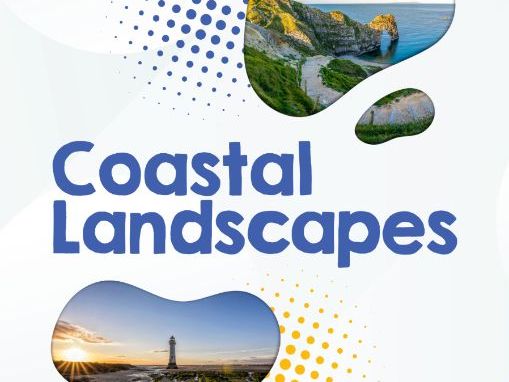

This booklet offers a comprehensive and engaging teaching resource designed to support the delivery of coastal landscapes within the geography curriculum. It explores key physical processes such as erosion, weathering, transportation, and deposition, and explains how these contribute to the formation of a variety of distinctive coastal landforms, including headlands, bays, cliffs, wave-cut platforms, beaches, spits, bars, and sand dunes.
The booklet also delves into the dynamic interactions between physical processes and human activity, examining how human interference—through coastal development, tourism, and sea defences—can alter coastal environments. It introduces a range of coastal management strategies, from hard engineering approaches like sea walls and groynes, to more sustainable soft engineering techniques such as beach nourishment and managed retreat. Case studies and real-world examples help students make meaningful connections between theory and practice.
Structured with clear learning objectives, engaging activities, and assessment opportunities, this resource is ideal for Key Stage 3 students, offering foundational knowledge and skills. However, its content and challenge level can be easily adapted for Key Stage 4 to support GCSE preparation, particularly for topics such as ‘Coastal Landscapes in the UK’ within the AQA specification.
Whether used for independent study, homework, classroom lessons or revision, this booklet provides teachers with a flexible and thorough toolkit for teaching this vital topic in physical geography.
Something went wrong, please try again later.
This resource hasn't been reviewed yet
To ensure quality for our reviews, only customers who have purchased this resource can review it
to let us know if it violates our terms and conditions.
Our customer service team will review your report and will be in touch.